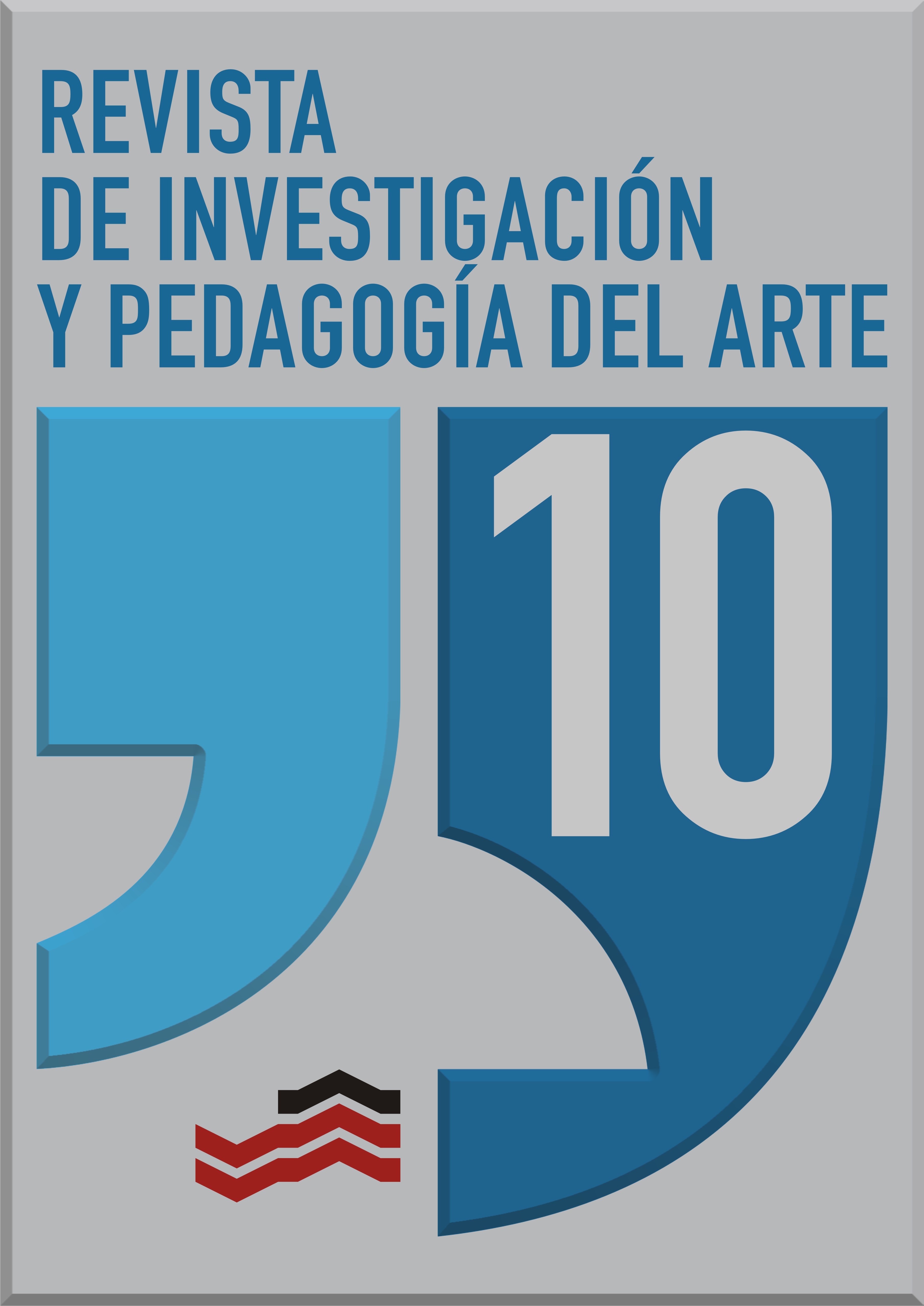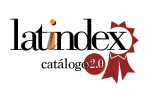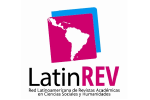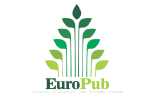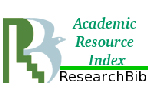The unconventional history of Cuenca in the mural
DOI:
https://doi.org/10.18537/ripa.10.10Keywords:
Mural; history, Cuenca; didactic resources; educational methods.Abstract
This work focuses on the proposal of a method teaching unconventional history of Cuenca, through an archaic resource but currently in force such as the mural; that, at present, it is conceived from different perspectives ranging from vandalism to the sublime. Therefore, it is interesting to rescue the range of didactic possibilities that the elaboration of the mural offers for the students of high school, focused primarily on the attraction of learning through visual memory and teamwork. For this, it starts from the educational paradigms in the xxi century and the role of pictorial art in contemporary teaching, as well as, main themes that are being presented, where murals are made that represent historical moments of the city of Cuenca, obtained after an exhaustive investigation that legitimizes the works within the official history of the city, situation in which commitment arises as permanent actors in the education process, to generate new didactic proposals as soon as it is possible to contribute to holistic education with a category of transversality in which, creative spaces are created for students that allow them to work individually and in teams.
Downloads
References
Coll, C., & Monereo, C. (2008). Educación y aprendizaje en el siglo XXI: Nuevas herramientas, nuevos escenarios, nuevas finalidades. Madrid. Obtenido de https://www.salesianoscentroamerica.org/component/easyfolderlistingpro/?view=download&format=raw&data=eNpFUF1PwjAU_Ss3fTfbJKKUpwnFjCAjCAn4Qi7bZdR069J2SGL873YbxKf2nN7zcYs8iviP5UPOTlrlZNjY8tGAM1liQTZ4lUcltaMMgxVapw2qw7y5UCVVMNOmxEzqCmo0CKRgY_CIXzp4DKMBPICos
Díaz, M., & Muñoz, A. (abril de 2013). Los murales y carteles como recurso didáctico para enseñar ciencias en Educación Primaria. Revista Eureka sobre Enseñanza y Divulgación de las Ciencias, 468-479. Obtenido de https://rodin.uca.es/xmlui/bitstream/handle/10498/15451/12-368-Diaz.pdf?sequence=7
Garrido, E. (2009). La pintura mexicana, su filosofía e intención didáctica. Sophia, Colección de Filosofía de la Educación(6), 53-72. Obtenido de https://www.redalyc.org/pdf/4418/441846107004.pdf
Lacroix, J. (1971). Hernán Cortés y Diego Rivera (5 de septiembre de 2016 ed.). México : Universidad Nacional Autónoma de México,. Obtenido de http://www.historicas.unam.mx/publicaciones/publicadigital/libros/cortes/08_hernanenpintura.pdf
López, G. (2012). Pensamiento crítico en el aula. Docencia e Investigación,(22), 41-60. Obtenido de https://www.educacion.to.uclm.es/pdf/revistaDI/3_22_2012.pdf
Pérez, M. (diciembre de 2002). La educación a través del arte en la Educación Social. Los espacios laborales y la investigación en educación a través del arte. Pedagogía Social. Revista Interuniversitaria, 287-298. Obtenido de https://www.redalyc.org/pdf/1350/135018332015.pdf
Piglia, R. (1992). Ciudad Ausente. Buenos Aires: Anagrama.
Published
Issue
Section
License

This work is licensed under a Creative Commons Attribution-NonCommercial-ShareAlike 4.0 International License.

